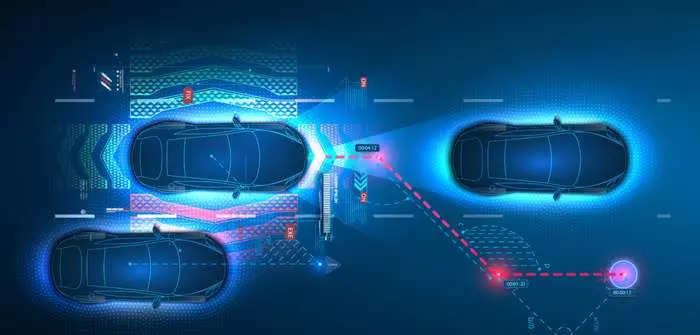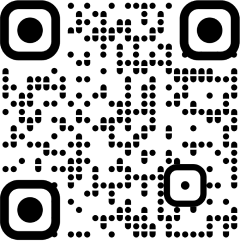
New Delhi: Global automotive supplier Valeo, which is working on new technology strategies and software-defined vehicles (SDVs), is betting big on ADAS and electrification at the ongoing 4-day CES being held in the US.
The France-based Tier-1 supplier has created hardware and perception software functions for LiDAR technology to create real-time visuals for autonomous vehicle systems. It is now showcasing Scala 3, its 3rd generation LiDAR (Light Detection & Ranging), which claims to spot and react to obstacles in the environment that other sensing systems may struggle with.
LiDAR sensors help generate a more precise and comprehensive image than radar, offer better range than sonar, and are more effective in harsh lighting and weather conditions than the cameras.
In collaboration with Teledyne FLIR, Valeo has created a night vision camera to extend the detection of vulnerable road users in all driving conditions.
The automotive supplier boasts of offering a complete portfolio of sensors including ultrasonic sensors, cameras, radars and LiDARs, complete with AI-based software, central compute units and zone controllers to host them.
Geoffrey Bouquot, Global CTO of Valeo said in an earlier interview with ETAuto, that Level 1, 2, 2+, and even Level 3 ADAS can be seen accelerating at most places. And this is thanks to the software development activities. Level 5 is something that looks more like an idea.
The global CTO is quite bullish about India as an engineering hub. In Chennai, Valeo has its engineering base with a headcount of 4000 people in hardware, electronics, software, cybersecurity, and in materials.
“For engineering, India is absolutely critical for Valeo. It will be one of the three main engineering bases,” he said.
Bouquot believes that electrification is about the electronics, motors, making efficient hardware, and decreasing the dependency on specific materials such as rare earth. In line with this, the component supplier displayed its Predict4Range software to drive thermal management strategies of EVs for extended driving range and extended battery lifespan.
“The software integrates real-time data like outside temperature, wind speed, charging station maps, road elevation and electric vehicle parameters and offers up to 24% more range in real conditions compared to traditional thermal management control. It also takes into account daily vehicle usage and can use additional parameters, such as routes, driving behavior and habits to precisely calculate and optimize energy consumption,” Valeo said.
The company’s battery cooling system works to combine a dielectric fluid with a smart hydraulic architecture to improve overall performance of EVs. It claims to reduce charging time by 30%. Valeo says the large structural modules that embed the fluid are made of OrganoSheet material to provide mechanical crash protection and is as light as aluminium but 50% less carbon intensive.
For this, Valeo is working with a European automaker to accelerate the product maturity for the next EV application, beginning in 2028.
The component supplier also showcased its Ineez air charging system that enables a lightweight solution to recharge a vehicle inductively, without any charge cables, using an ultra-low operating frequency, around 3kHz.
According to Bouquot, not only AI but generative AI will come and it will transform the way things will be perceived in the future.
To enhance the driver and passenger experience within the cockpit of the future, major global OEMs and suppliers are working on creating an immersive experience for the rear seat passengers and making in-car gaming possible for the front seat passengers while the vehicle is stationary.
Valeo is using a VR/XR headset inside a vehicle. It claims to create tailor-made solutions for gaming and global entertainment.
















